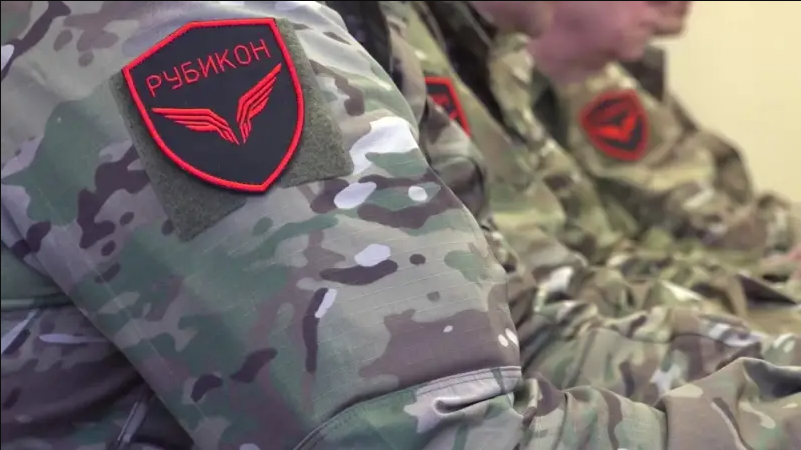
The crucible of conflict is seeing drone warfare evolve with deadly efficiency. Russia’s Rubicon unit is one example of the fight for an innovation edge. ⬇️
After over three years of a large scale war in Ukraine both Russia and Ukraine have mobilised their economies to feed the consumables of combat to their war machines. Drones litter the air littoral – both nations have become masters at the manufacture and employment at scale of these weapons. In this first of a series of posts on drone warfare we’ll focus on Russia.
Royal United Services Institute has recently published an Insights report focusing on the emergent tactics, techniques and procedures being employed as warfare evolves to best suit the conditions and context in Ukraine. What RUSI’s analysis reveals is that Russia is focusing effort on weakening the frontline by targeting the sensors and shooters that support them in depth:
“Russian forces are increasingly using their UAVs to systematically identify Ukrainian electronic warfare (EW) positions, radar, command posts, UAV pilots, artillery and hardened fighting positions. Russian forces thereafter deliberately target these with fires integrating strikes with artillery, multiple launch rocket systems (MLRS), powered bombs such as Molniya, fibre-optically guided first-person view (FPV) drones, and glide bombs.”
One Russian unit in particular is being recognised as highly effective in the employment of drones and evolving tactics, techniques and procedures to deadly effect. Forbes has a good short read on ‘Rubicon’ – a unit that appears to be the epicenter of Russian efforts to fuse drone combat capability with innovation and training. Elite operators are concentrated in the unit along with cutting edge and experimental technology:
“Russia’s Rubicon Center…has quickly become one of the most effective units on the front since its launch in the latter half of 2024. Rubicon fields 12 detachments covering FPVs, reconnaissance drones, Lancets, fixed-wing unmanned aerial vehicles, and a newly created Unmanned Surface Vessel division, with embedded supply and evacuation units… The result is a more professional, methodical integration of drones into Russia’s broader war machine, focused on countering Ukrainian UAVs and weakening Ukrainian logistical support.”
This focus on the second and third lines of defence has been honed by a unit that first appeared in the Kursk salient. Russia has reinforced the success of Rubicon, pushing resources and high skill / high potential operators to the unit to further build the ability to fight and innovate. You can be sure that lessons learned are being pushed to other Russian drone operators and back to the manufacturers to rapidly evolve equipment to seize and or maintain the initiative.
As always, food for thought – plenty of quality content in both articles and we commend them to you.
📷 via and links to articles referenced in this post are in the comments.
